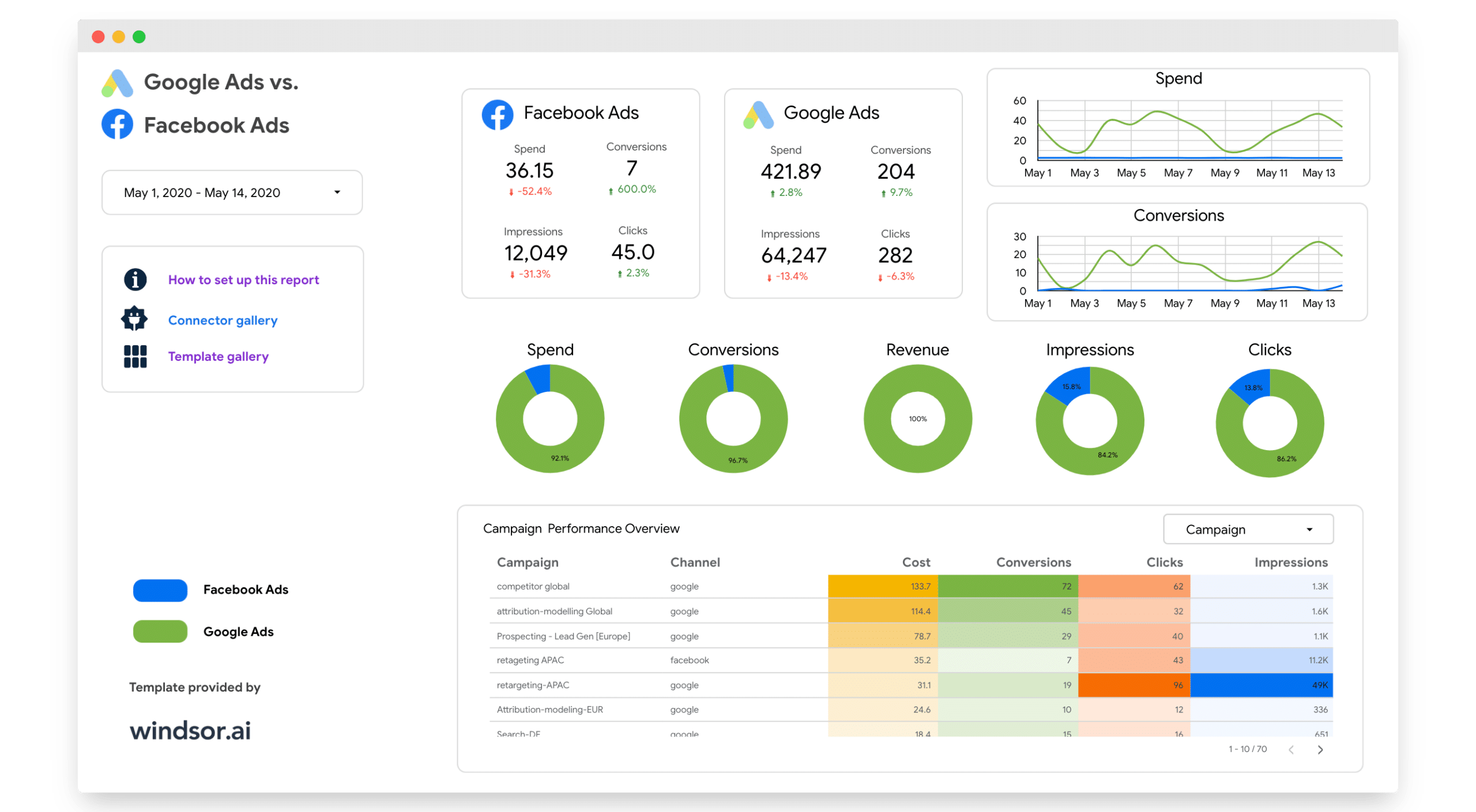
You should be aware of the price you will pay to purchase advertising space. The price you will pay depends on many factors including the industry average, your pricing model, and the number of page views or ad clicks you receive. These factors can make a big difference in your earning potential.
Cost per Thousand
The cost per thousand of ads on websites is a way to measure the effectiveness of digital marketing. This method compares the cost of an advertisement to its potential revenue generation potential. It includes the cost for clickthroughs and the amount the advertiser pays for every 1,000 impressions. For example, an advertiser who has a $500 budget will receive about 150,000 impressions per monthly.
CPM is a popular way for small businesses increase brand awareness. CPM is the most affordable form of online advertising. However, this method can result in fewer conversions to actual sales.
Cost per click
Advertisers use CPC (cost per click) as a measure to assess the effectiveness of their campaigns. This is calculated when you multiply the number or impressions by the number clicked. It provides advertisers with a measure of how effective keywords and ads are and allows them to evaluate the return on their investment.

Cost per Click is the cost paid by an advertiser for each click on their ad. The industry and product will affect the amount that is paid for each click. For most businesses, it is acceptable to pay between $10-20 per click.
Cost per mille
CPM or Cost Per Thousand is a way of measuring how well digital ads perform. CPM can be calculated by multiplying an advertiser's money by the number received. This allows marketers to understand how effective their ads are and helps them improve their marketing efforts.
CPM stands for Cost Per 1000 Views. This is the amount an advertiser pays for each 1,000 views of their ad on a webpage. It is widely used in marketing campaigns in particular online. Advertisers usually pay less than 1 percent per thousand views.
CTR
Websites generate revenue when users interact with the ads. Clicks, impressions, engagements are all ways that websites can make revenue. If a visitor clicks on banner ads, the website owner will make 20 cents. If the website receives 500 daily clicks, the publisher will make $10 per day, or $300 per month. Understanding the key terms used to advertise on websites is the first step in determining website advertising revenue. These terms will assist you in determining how to charge your ads and how you can track their success.
The cost per click (or CPC) rate is a common metric used by publishers. Although this varies by niche it is usually between $30 and $50. Websites in fashion and finance will have higher CPC rates.

Affiliate marketing
Affiliate marketing is a revenue sharing arrangement between a website with a service or product seller. Affiliate marketing is a way for a website to promote a product or service and earn remuneration. Affiliates often target a specific audience or interest group, and some work as personal brands.
Most affiliate marketing methods depend on driving traffic for a website and encouraging customers who see it to take action. It can be difficult for organic traffic to last in a saturated market. Some affiliates make use of pay-per-click programs (PPC), which pay them to direct customers to a product/service.
FAQ
What does it mean to be an advertiser buyer?
An advertiser can buy advertising space in TV, radio, or print media.
Advertisers pay only for the time their message is to appear.
They don't necessarily look for the best advertisement, but instead seek out the most effective way to reach their target market.
An advertiser might have details about potential customers, including their age, gender and income.
The advertiser can use this data to determine which medium will work best for them. They might decide direct mail is more effective for older people.
Advertisers also look at the competition. Advertisers may decide to place their ads in close proximity to similar businesses.
Advertisers should also consider the budget they have and how long they plan to spend it before it expires.
What are the basics of print advertising?
Print advertising is an effective medium for communicating with consumers. Many companies use print advertising to promote their products. The goal is to get the consumer's attention.
Print ads are usually one page in length and can include text, images and logos. These ads may include sound, animation and video as well as hyperlinks.
The following categories are the most common types of print advertisements:
1. Brochures are large-format printed materials that are designed to draw people into shops. They often have colorful pictures and eye-catching designs.
2. Catalogues are smaller versions than brochures. They are sent to customers who have requested specific information.
3. Flyers – These are small pieces made of paper that are distributed at events, such as fairs or concerts. These flyers are usually free, but they must be purchased if given to retail outlets.
4. Flyers are also available in posters. They are often displayed on walls, fences, or buildings. They are usually made using computer software programs, which is designed to draw the eye of passersby.
5. Direct mail – These are direct mail letters and postcards sent to potential customers. Companies send these out periodically to remind existing customers about their business.
6. Newspaper Ads - These advertisements are found in newspapers and magazines. They are usually very long and contain text and images.
How can you choose your target audience?
Start with yourself, and the people closest to you. If you don’t know where or how to start, ask yourself "Whom are I trying to reach?"
Ask yourself these questions: Who are the most influential people in my industry? What are their daily problems? What are their top talents? Where are they located online?
Return to the beginning. Why did your start? What was your problem and how did it solve?
These questions will enable you to identify your ideal client. This will allow you to learn more about your ideal customers and their motivations for buying from you.
It is also possible to look at the websites and social networks pages of your competitors to get insight into who they cater.
Once you have identified your target customers you will need to choose the channel to reach them. An example: If you provide services to realty agents, you may create an informational website for home buyers.
If you provide software to small businesses, you could develop a blog targeting those companies' owners.
If you sell clothing, you can create a Facebook fan page for teens. Or if you're a restaurant owner, you could set up a Twitter account for parents looking for kid-friendly places to eat.
This is the point: There are many ways to communicate your message.
Social media is a great way to advertise your business.
Social Media Marketing is a way to reach customers on social media platforms such as Facebook and Twitter. You can also target certain groups on these networks with keywords.
This advertising strategy is cost-effective as it costs less than traditional methods to market online. It allows you build strong relationships between your potential and existing clients.
It is simple to get started using social media for your business promotion. All you need is access to the Internet and a smartphone.
What should you know about radio advertising
It is important to understand the interdependence of different media types. Remember that media can complement each other and are not necessarily competitive.
Radio is best utilized as an extension to TV advertising. It complements TV by reinforcing key messages and providing additional information.
Radio listeners may find TV commercials too long. Radio ads tend to be shorter and more affordable.
What is affiliate market?
Affiliate marketing is an internet business model in which you refer customers to other products and services. If someone buys from your product, you get paid by the owner.
Affiliate marketing is based on referrals. For people to purchase from your site, they don't need anything extra. All you need to do is refer them to the website.
There are many ways to make money, without having to do any selling. It's equally easy to sell and buy.
You can even set up an affiliate account in minutes.
Referring more people will result in more commission.
There are two types affiliates.
-
Affiliates who own their own websites
-
Affiliates working for companies offering products or services.
Advertising: What does it mean?
Advertising is an artistic art form. Advertising is more than selling products. It's all about creating emotional connections between people with brands.
Advertising is about telling stories and using images to communicate ideas.
Communication must be clear and persuasive. It is important to share a story that appeals to your target audience.
Advertising is therefore different from other forms such as presentations, writing, and public speaking.
Because when you create a successful ad campaign, you are creating a brand identity for yourself.
And this is how you become memorable. You will be remembered by others.
Statistics
- Advertising's projected distribution for 2017 was 40.4% on TV, 33.3% on digital, 9% on newspapers, 6.9% on magazines, 5.8% outdoor, and 4.3% on radio. (en.wikipedia.org)
- It's 100% reliant on your website traffic. (quicksprout.com)
- This means that at least 50% of an ad needs to be shown on the screen for at least one second. (quicksprout.com)
- Google will display whichever ad type (CPM or CPC) is expected to earn more revenue for the publisher, which is in Google's best interest since they take a 32% share of the revenue. (quicksprout.com)
External Links
How To
How do I advertise on Google?
AdWords allows companies to purchase ads based on specific keywords. Set up your account first. Select a campaign name and set the budget. Choose the ad type (text or image), and add keywords. You then place your bids on these keywords. Clicking on an advertisement will only result in you being paid if the click is from someone who searched one of your targeted keyword phrases. This way, you get paid even when people don't buy anything.
Google has many tools available to make sure your ads are effective. These tools include Ads Preferences Manager and Keyword Planner. These let you determine which strategy is best for you business.
A keyword planner can help you identify the right keywords for your campaigns. It will also show you the competition for keywords and help you decide if you should spend money bidding.
Ads Preferences Manager can be used to adjust settings such as the maximum impressions per hour and the minimum price per click.
Analytics lets you track the performance of your ads and compare them to competitors. You can view reports that show how your ads performed in comparison to other ads.